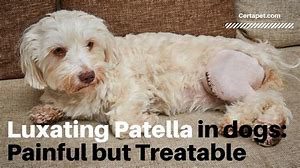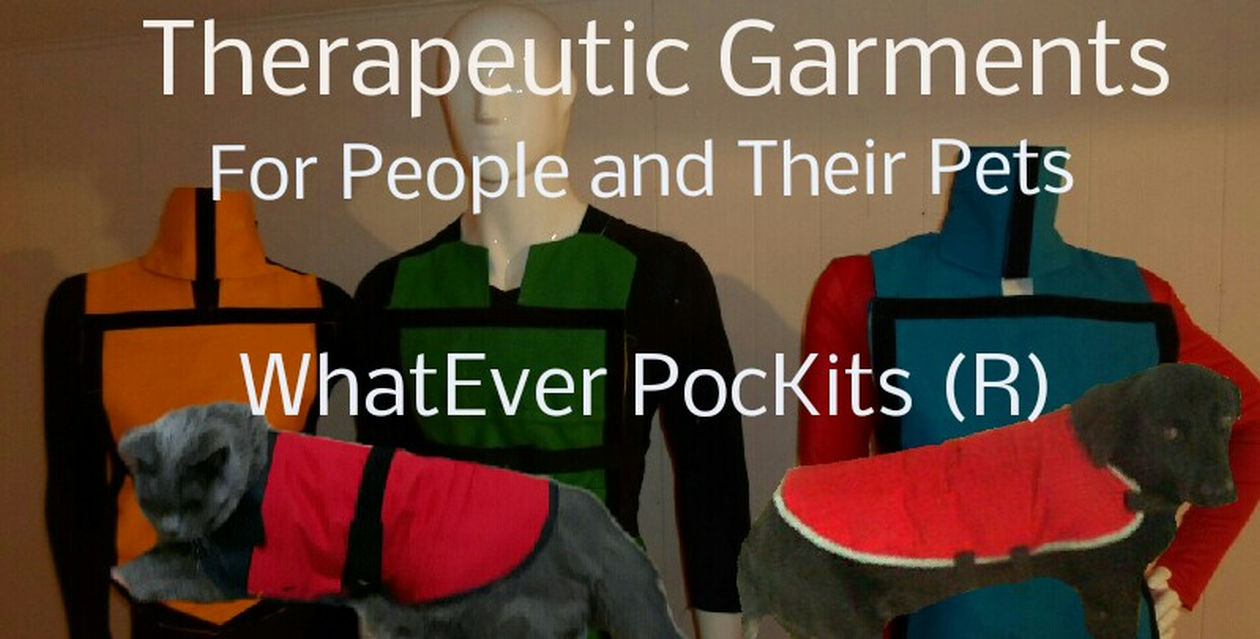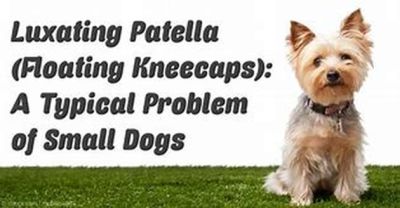A luxating patella is just a fancy term for a dislocated kneecap. It’s a common ailment of dogs, especially the smaller breeds such as chihuahuas, toy poodles, Pekingese and papillons. However, large breeds are also subject to it especially those who are already at greater risk for hip dysplasia.

Luxating Patella In Dogs
The most common type of luxating patella is the medial luxating patella. This means that the dog’s bad knee is sliding around within the joint. The condition can be genetic or come about because of injury, malnutrition or obesity.
Luxating Patella Grades
There are four grades of luxating patella in a dog. In Grade 1, the dog is not in severe pain, and the kneecap can be put back in place non-surgically through massage. There will be more about that later on.
In grade 2, the dog feels pain when the kneecap slips out of place. These dogs are also at risk for arthritis. Again, the knee can be massaged back in place, but the correction is temporary.
A grade 3 luxation finds the dog in constant pain, but as with grades 1 and 2, the kneecap can be put back in place without surgical intervention. Only grade 4 luxation requires surgery.
Signs and Symptoms of a Bad Knee
Because of the pain, a dog who has a bad knee will favor the leg that is affected. You may hear a popping sound around the affected knee. The dog’s gait will be awkward, and you may see something like a hop-hop-skip as the dog moves. If the dog has a grade 4 luxation, it will have a noticeable bowlegged appearance. Grade 4 means that there is no longer a groove for the knee to fit in and requires orthopedic surgery.
Non-Surgical Treatment
A dog with grades 1,2 or even 3 can be helped non-surgically. In some cases they just need to be fitted with a knee brace. Knee braces do not need a prescription, but you need to consult with the vet to make sure that your dog indeed has a luxating patella. The vet may also prescribe vitamins and supplements to support the health of the bones around the knee. Popular supplements include glucosamine sulfate and omega-3 fatty acids.
The vet can also teach you how to massage the kneecap back into place. This not only eases the dog’s pain and improves circulation but promotes bonding between you and your dog.
https://youtu.be/PJJsvjG8tYo
For information on Common Injuries in dogs click here.
To purchase our #WhatEverPocKits doggie products click here

